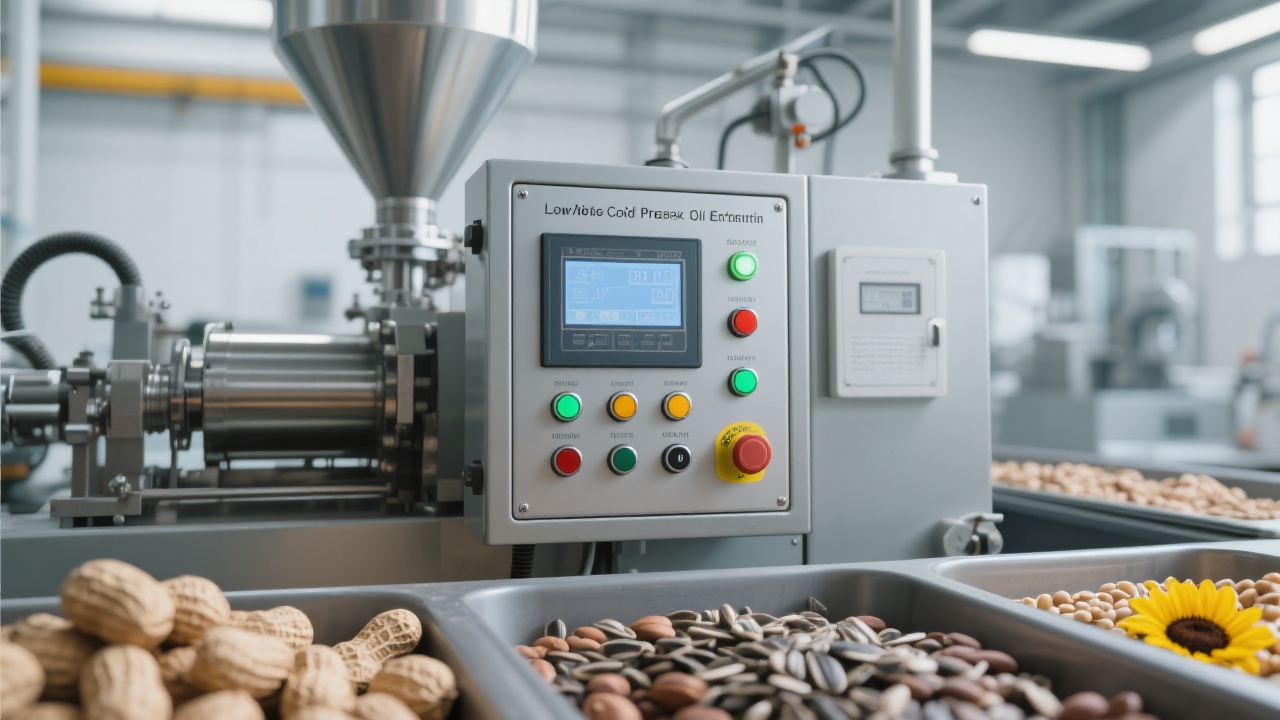
Traditional oil extraction equipment often faces operational inefficiencies due to sediment buildup and frequent maintenance stops. This results in reduced throughput and increased downtime, significantly impacting production continuity in food processing and chemical industries. A key innovation addressing this challenge is the adoption of a vertical cake discharge mechanism combined with a segmented bearing cage design in spiral oil presses. These structural enhancements not only alleviate sediment accumulation but also optimize oil flow dynamics, improving equipment reliability and extending component lifespans.
The conventional screw oil presses commonly suffer from blockages caused by residual cake deposits along the discharge channels. This sediment buildup leads to frequent stoppages for cleaning and repairs, reducing operational efficiency by an estimated 15-20% annually. Moreover, repeated maintenance spikes the overall cost of ownership, deterring many enterprises from optimizing their oil extraction yields.
The vertical cake discharge mechanism re-engineers material flow by orienting the cake ejection path upwards, leveraging gravity and centrifugal forces to facilitate continuous unloading. This innovation reduces contact points where residues typically accumulate, minimizing blockage risks. It also supports self-cleaning action during operation—an essential factor in maintaining consistent oil flow and preventing downtime.
The segmented bearing cage design divides the axial bearing support into multiple sections, each calibrated to handle varying pressure zones within the press chamber. This segmentation optimizes load distribution, reduces mechanical stress on bearings, and prevents deformation that often leads to jams. By maintaining structural integrity under fluctuating thermal and mechanical loads—especially in diverse hot and cold pressing scenarios—equipment lifespan can be prolonged by up to 40%, according to manufacturer trials.
In industrial setups processing peanut and rapeseed, the combined use of vertical cake discharge and segmented bearing cage has yielded significant operational benefits. One facility reported a 25% increase in effective production time and a 35% dip in maintenance-related costs after six months of integration. The improved oil expulsion flow also enhanced quality consistency, aligning with stringent food safety and environmental compliance regulations.

Beyond operational efficiency, the design adheres to international safety and environmental protocols (ISO 9001, ISO 22000, and EU Ecodesign directives). The reduction of residual waste and uninterrupted flow reduces emissions and energy consumption, supporting enterprise sustainability goals amid growing regulatory pressures worldwide.

| Performance Metrics | Traditional Press | Vertical Discharge + Segmented Cage |
|---|---|---|
| Maintenance Frequency (per annum) | 8 | 5 |
| Average Downtime (%) | 18% | 12% |
| Component Lifespan Increase | - | 40% |


